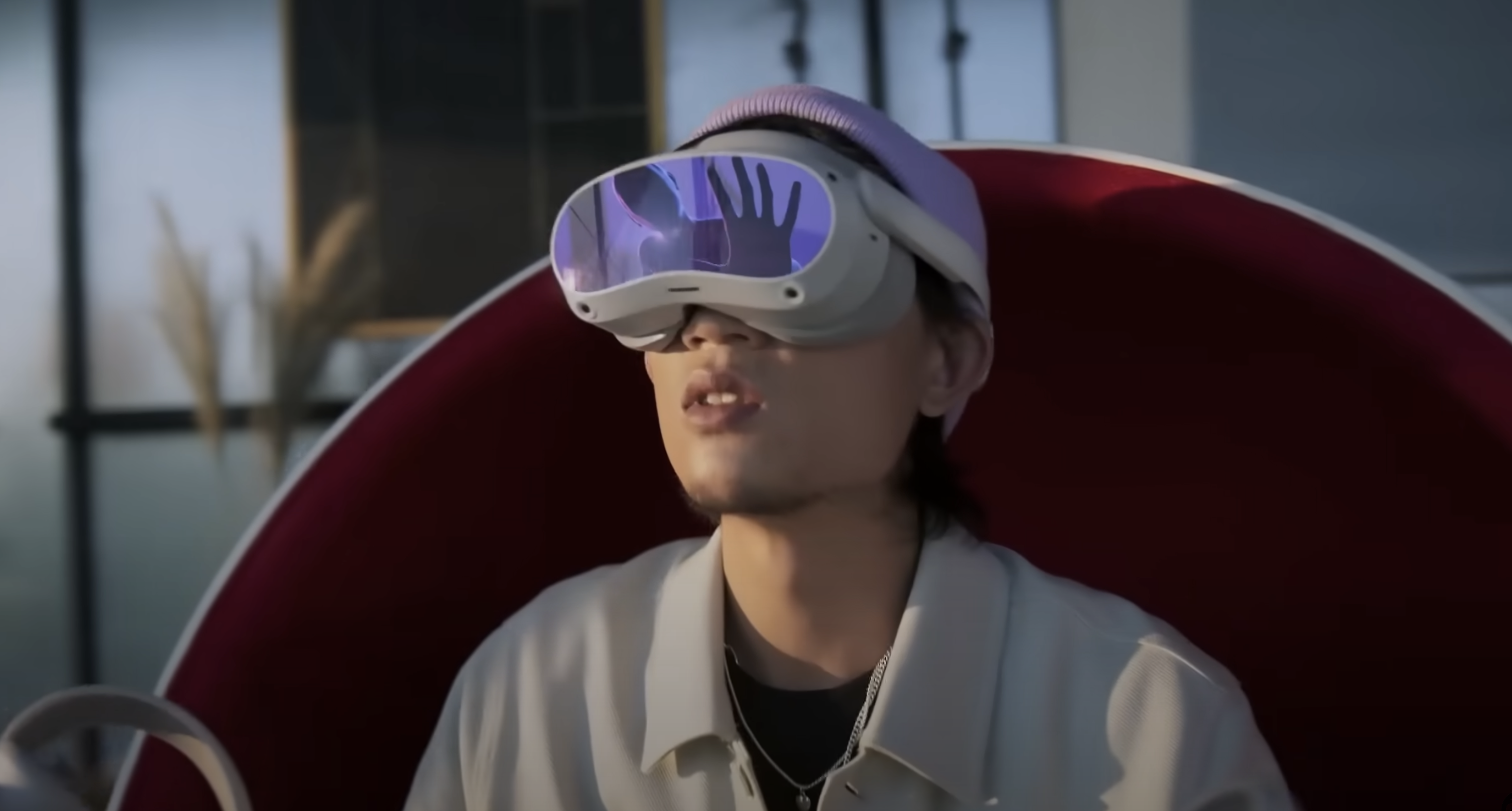
Introduction
Cinema has come a long way over the past hundred years, from silent films in black and white to "talkies" presented in Technicolor. Finally, the next step forward in film technology has arrived. Virtual Reality (VR) Cinema allows users to enjoy a movie in ways they've never seen a movie before.
What is a VR Cinema Like?
VR cinema echoes traditional theaters in some ways. And yet, it stands apart in many crucial aspects.
Viewers still engage with extended video content as one would do on laptops or TVs. The biggest difference is that VR cinema provides a more immersive experience. Basically, it’s like having front-row seats to a VIP screening and more.
In VR movies, the audience is not merely a watcher—they become part of the story. Viewers are engaged in a 360-degree world, making them feel as if they're inside the movie. Every head turn reveals new aspects of the scene. This offers an unparalleled level of engagement transforming the viewing experience into something far more interactive and personal compared to traditional film.
What is Needed to Watch VR Movies?
Unlike traditional home theatre setups that can cost thousands of dollars, watching a VR movie or a VR show is considerably less expensive and will take up far less space around the house.
A VR headset, such as the PICO 4, is the most important piece. This will allow you to watch the film in its full virtual reality glory as the makers intended. The headset contains a pair of lenses pointed at a screen that allows for a fully 3D and completely immersive environment.
Another important piece of equipment is a pair of headphones, which will allow you to listen to the movie. A pair of speakers could also work, but headphones are recommended because they allow a more immersive experience. The subtle nuances of a film's soundtrack or the inflection in a line of dialogue can occasionally be missed or misunderstood if the speakers are far away or too quiet.
Next, a compatible device is needed to send the information to the headset. This will depend heavily on the exact VR device being used, of course, but the most common types will be a desktop computer, laptop, mobile device like a cell phone or tablet, or one of many other options that may become available shortly.
As the technology develops, other accessories may also be required. As it stands now, however, an excellent home theatre system will only require these three primary components.
How to Setup Home Theater with a VR Headset
The first step in setting up a VR home theater is to choose the right location. For some people, this could be a spare room or by their computer. As long as the user has space to move around and a computer nearby, they can set up a VR home theater.
To set up a home theater with a VR headset, users simply need to plug in their computer or other signal-sending device and connect it to their headset. In the case of the PICO VR system, this can be done with the attached USB-C cable. It can also be done wirelessly by installing the Virtual Desktop app on the headset and the Virtual Desktop Streamer app on the PC in question.
Most headsets will have a pair of speakers built-in, some of which are quite good (such as those found in the PICO VR family of headsets). However, some users may prefer to use headphones for various reasons, such as the desire for higher quality audio, higher volumes, or not wanting to disturb those sitting next to them, among other reasons.
After putting on the headset and headphones, if desired, users navigate the interface to load up the film they'd like to watch, either from their device's hard drive or from a streaming service that offers VR films. After that, there's nothing left but to enjoy the show.
The PICO VR Movie Experience

Although many VR platforms allow users the ability to watch VR films, PICO VR offers unique features that make it the premiere option for enjoying virtual reality cinema. The flagship product, the PICO VR 4, is a very popular option due to its top-quality manufacturing, competitive pricing, and wealth of features.
The high-quality video and excellent transfer rate greatly enhance the VR features. Lower-quality headsets may experience buffering or artifacts in the video feed, whereas PICO VR's high throughput makes this significantly less likely.
There is also a wide variety of content available on PICO VR systems, from traditional films to enhanced VR cinema, as well as a variety of exciting games whose cutscenes can feel like a movie unto itself.
Additionally, the user-friendly interface makes navigating the system extremely easy. Other systems may have counterintuitive controls that make it difficult to understand and easy to hit the wrong button. With PICO VR, this will never be an issue.
Conclusion
PICO VR's wide variety of VR movies and advanced features make it the premiere platform for enjoying virtual reality films and much more. Users who want to enjoy this and other amazing experiences are highly encouraged to purchase a PICO 4 VR headset today and take the next step in visual entertainment.